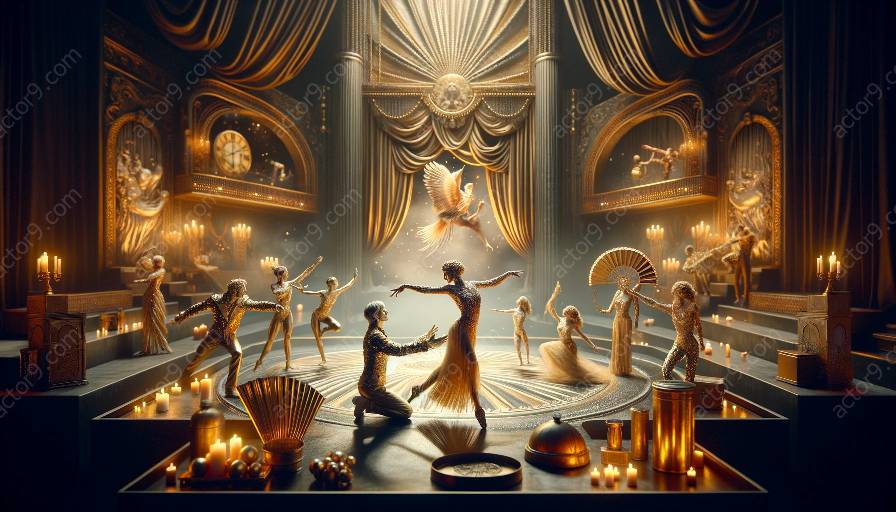The circus has long been a source of wonder and entertainment, captivating audiences with its breathtaking displays of acrobatics, trapeze acts, and clown performances. Beyond mere entertainment, circus arts hold deep cultural and historical significance, shaping contemporary society and offering numerous health benefits to its practitioners.
Cultural Significance of Circus Arts
Circus arts have been an integral part of cultural expression, showcasing the extraordinary skills of performers in a dazzling spectacle that transcends borders and languages. The colorful and vibrant costumes, the lively music, and the incredible feats of strength and agility all contribute to the cultural richness of the circus.
Moreover, the circus has often been a platform for social commentary and satire, reflecting the values and conflicts of the society in which it operates. Through the whimsical antics of clowns or the daring feats of trapeze artists, the circus provides a lens through which societal issues and emotions are magnified and, at times, subverted.
Historical Significance of Circus Arts
The history of the circus dates back to ancient civilizations, with evidence of acrobatics and animal performances being documented in various cultures. However, it was in the 18th century that the modern circus truly took shape, pioneered by individuals such as Philip Astley in England and John Bill Ricketts in the United States.
These early circuses traveled from town to town, bringing entertainment to people of all walks of life. The circus became a symbol of freedom, adventure, and escapism, offering a temporary respite from the constraints of everyday life. As the circus evolved, it became a global phenomenon, with performers from different countries contributing to its diverse and inclusive nature.
Impact on Contemporary Society
The cultural and historical significance of circus arts continues to influence contemporary society in diverse ways. From the enduring popularity of circus-themed entertainment to the incorporation of circus elements in modern performing arts, the legacy of the circus remains vibrant and influential.
Moreover, the circus has become a platform for promoting diversity, inclusivity, and body positivity, celebrating the unique talents and physical prowess of performers from various backgrounds. In an era marked by technological advancements and digital distractions, the live and immersive nature of circus performances serves as a reminder of the power of human connection and the beauty of live artistry.
Health Benefits of Circus Arts
While circus arts are renowned for their entertainment value, they also offer a myriad of health benefits to those who practice them. The physical demands of aerial acrobatics, juggling, tightrope walking, and other circus disciplines provide a full-body workout, promoting strength, flexibility, and cardiovascular health.
Furthermore, the mental focus and discipline required for mastering circus skills contribute to cognitive development and stress reduction. The supportive and collaborative environment of circus training fosters a sense of community and camaraderie, enhancing overall well-being and mental resilience.
Conclusion
The cultural and historical significance of circus arts has left an indelible mark on contemporary society, shaping entertainment, promoting inclusivity, and offering valuable health benefits. As the timeless allure of the circus continues to inspire and captivate audiences worldwide, its impact will endure, evolving and adapting to the changing landscapes of art, culture, and well-being.


































